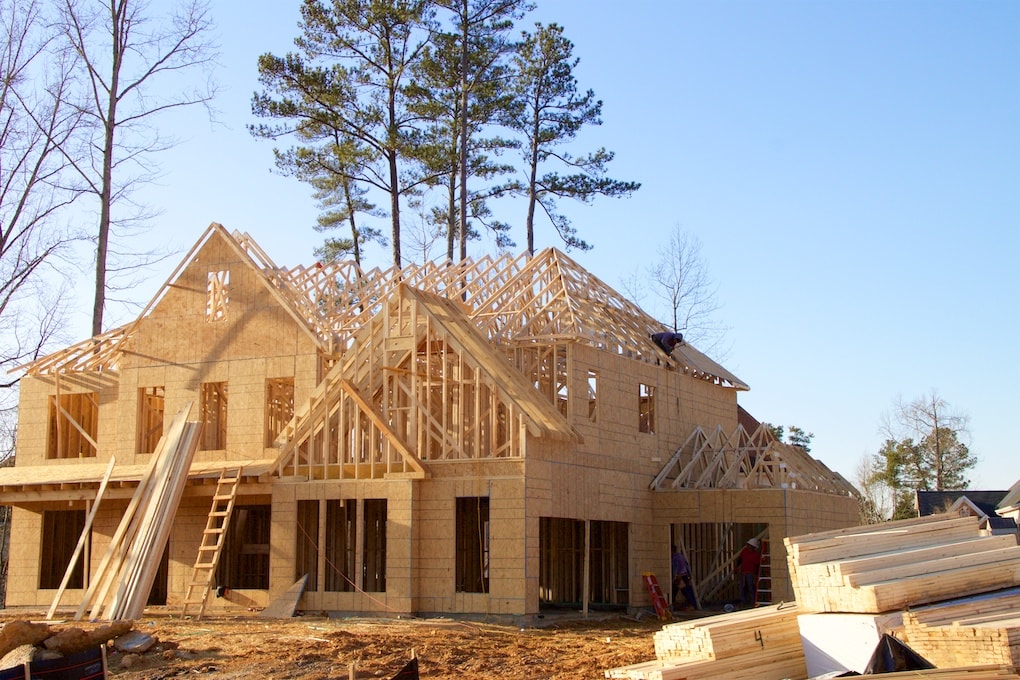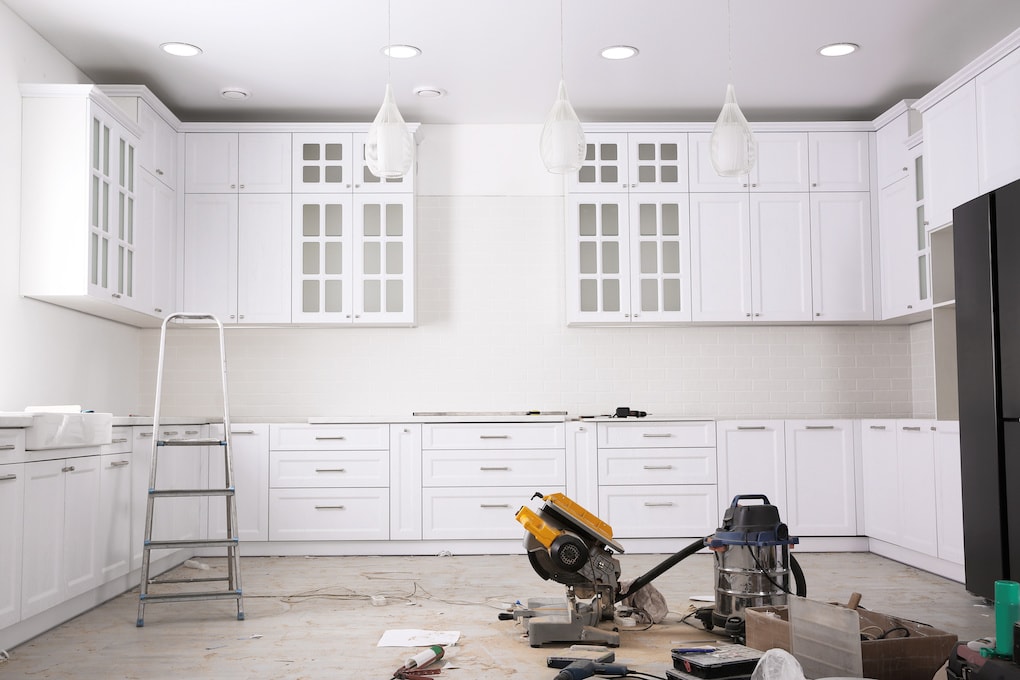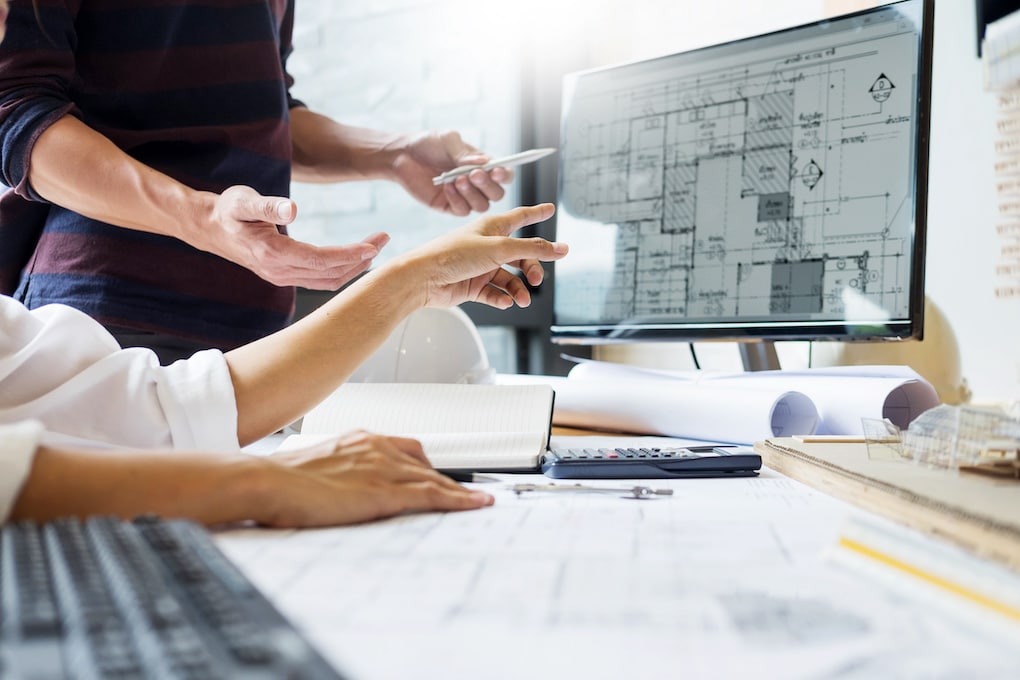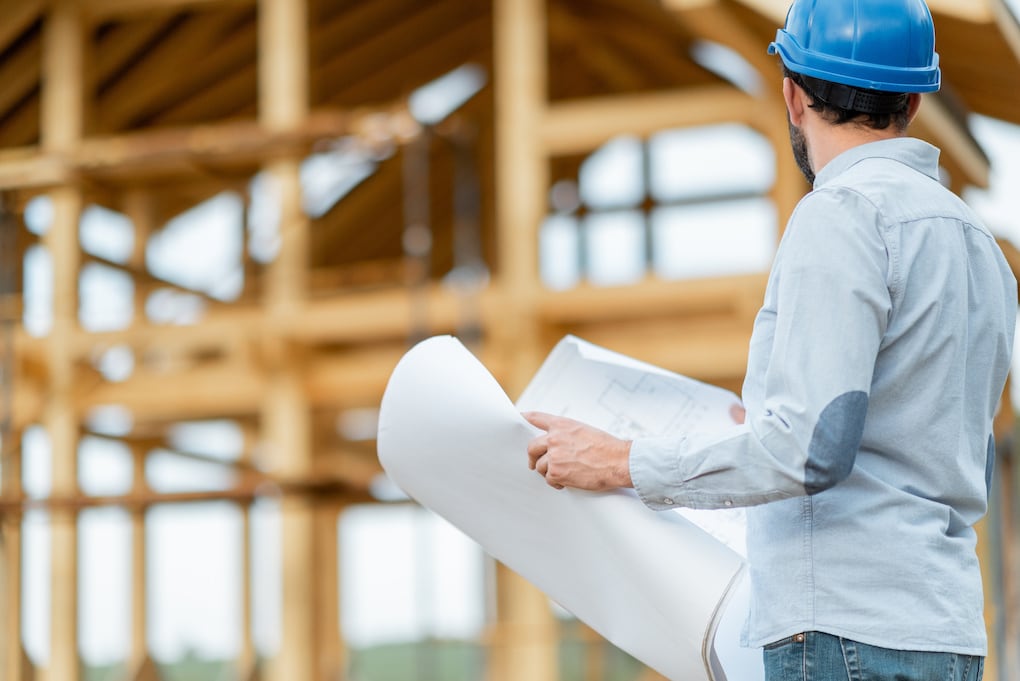Getting the home of your dreams isn’t always easy.
Despite there being so many new homes on the market, it is hard to find one that checks all of the boxes. That’s exactly why so many homeowners are turning to design-build. This popular option allows for clear communication, easy customization, and unmatched flexibility throughout the home building process.
While design-build is quickly growing in popularity, many homeowners are not aware of the many benefits it has to offer. That’s why our team at Thomas Buckborough & Associates is working to educate homeowners about the design-build approach and how it can benefit homeowners. To start, we’re going to dive into a few of the most important topics listed below.
- Design-Build vs. Renovation
- Types of Design-Build Projects
- Builder Led Design-Build for Customization
- Architect Led Design-Build for Seamless Process
We’ll also cover the design-build process and what you should look for when selecting a design-build firm.
Design-Build Done Right

Design-build is a simple term that’s been used a lot throughout the construction industry. This approach allows a company to be both the designer and builder for a specific project. Because one firm handles everything, there’s a lot of flexibility that isn’t as common in the traditional design-bid-build process.
Most homes were first designed by one company, the jobs were bid out by general contractors, and then they were built. Today that process can be replaced with just one company or firm that handles everything from initial design to the final build. TB&A is one such company. We guide our customers through the design and build process in one streamlined motion.
Design-Build & Renovations: What’s the Difference?
Though design-build and renovation processes are similar, there’s an important distinction between them: they’re both building improvements, but design-build refers to new construction or reconstruction of an existing structure with custom features. On the other hand, renovation and sometimes remodel projects are just updates that don’t require formal planning or design.

It should be noted that most remodeling projects that change the function of a home or specific rooms within a home can be considered design-build projects.
Types of Design-Build
There are two main types of design-build, design-build for new construction and remodel. Both processes are close to the same, but with new construction, the scope of work is obviously much larger.
Design-Build: design-build firms will help you design a new home from the ground up, but they may also have interior design services. This type of design must be done before construction starts so it can get incorporated into the blueprints for your project or other designs that are created throughout the process. When starting a build for a new home, take the time to get the design you want.
Remodel design-build: design-build firms will help you with remodeling projects as well, but this is where the scope of work is smaller. The design process can sometimes evolve as the project moves along, but in most cases, it’s almost entirely set in stone from the start. It’s not necessary for a design-build company to be involved from start to finish, and some companies will hire subcontractors to finish out the job. This varies from company to company, so be sure to know what you prefer and ask the firm you want to work with about it.
Architect vs. Builder-Led Design-Build
Within the design-build industry, there are two types of companies. One is builder or contractor-led, and the other is architect or designer-led. Both design-build processes are different, but the main difference is that design team members will work with you every step of the way in an architect-led design-build process. You hire a designer that can help you get into the home of your dreams using an all-in-house team. Builder-led teams use sub-contractors and sub-designers to do all the drawings.
Architect or designer led design-build: when a project begins, a design professional (architect) from the company will be overseeing all aspects of the design, and design decisions will be made in conjunction with you. As the project moves forward, the designer will help to ensure that everything is moving forward in the right ways. Your Architect might even be able to add features or make changes you’d like during the project in order to get the most out of the project.

Builder or contractor led design-build: design professionals (architects) may not always be present for the design process, and you’ll need to rely on your builder/contractor for guidance. Instead of being consulted and working directly with the designer, the builder will get a rough idea of what you’re looking for and pass it on to a designer. Any changes will have to either be made by the builder or relayed to the designer. While builders and contractors have a vast knowledge of what goes into a project, sometimes key details can be overlooked because their main priority isn’t just to design.
For more in-depth and articulate jobs, specifically working with an architect or design-led team is often recommended. With so many design details, you’ll want a trained eye looking out for your best interests.
If you’re undergoing a smaller project or one that doesn’t require quite as much attention to details, a builder-led team can sometimes save you some money on the project.
The Design-Build Process
There are several phases to the design-build processes. Some of them are simple and straightforward, while others can be a bit more intense. The important part is that you partner with a company you can trust to lead you through the process well. Here are the steps to the design-build process:
- Find a design-build firm to work with
- Design the project
- Design revisions
- Starting construction
- Post-construction
Finding a Design-Builder for Your Project
When you decide you want to start a design-build project, you’ll need to find a construction company that can do the work. There are a few ways that you can go about interviewing different companies to find the right one. First, you’ll want to look through their past work and ensure it shows some resemblance to the style you’re going for. It’s also always good to check their reviews and make sure you feel comfortable with how they’ve treated their past customers.
A good design-build firm will be open to your feedback and work with you to create a design that is feasible, within your budget, and meets your expectations for the home.
Hiring a long-standing and experienced design-build company like Thomas Buckborough & Associates is also a great idea. We’ve been in business for over 30 years and have been able to design some beautiful homes along the way.
Designing the Project
After you’ve decided on the right design-build company to work with, you’ll be able to start the initial design consultations. The design process is one of the most important parts because it will set the tone and direction for your project. While it’s not “all” of the project, most would say design makes up about 50%, and the other 50% is the build-out.

The design process will start with a design meeting where you’ll work to create the initial design. From that point, the designer will use those designs and input from your consultation to craft an official blueprint of the home.
When the blueprint is ready for review, you’ll likely get a bid for the project. At that point, you’ll be able to either add a few features to the project or have to cut a few things depending on your budget.
Design Revisions
The design revisions will ultimately consist of working through both your likes and dislikes and your budget for the project. Then, the design-build company should work with you to create design revisions that will get the design just right, not too much and not too little.
In many cases, the revision process won’t take too long. But be sure to take your time when going over the design. You’ll want to make sure all the details are just right because after you sign off on the design, you won’t be able to make any more changes.
Of course, the occasional slight revision can be made during the project, but those can cost more, and it’s always better to steer clear of late changes when you can.
Starting Construction
After design revisions and design sign-off, you’ll be ready to get started with construction on your project. Thankfully this is a mostly hands-off process for you as a homeowner. One thing that can be hard, however, is having construction in your home throughout the project. Thankfully, most companies can set up temporary kitchens or similar areas if you’re in need of space during the project.
If you’re building a home from scratch, you won’t have to deal with that part quite as much, but it’s still a long project to get completed, so be patient with your builder. You’ll get periodic updates throughout the process with pictures of progress or walkthroughs until it’s finally completed.
Post Construction

There’s a lot to look forward to as construction comes to a close. Finally, you’ll be able to move into your new design-build home or remodel and enjoy it for a long time. Having a housewarming party or some friends and family over for a meal after you’re settled is a great way to break in the house and enjoy the new spaces.
If you built a new home, you might also want to consider getting some post-construction services done on the house, such as landscaping or other finishing touches like patio design. Landing scaping and exterior services are great ways to make your home feel like it’s perfectly complete. You’ll definitely want to be able to enjoy the home on both the inside and the outside.
Pros and Cons of Design-Build
As with anything, there are both benefits and disadvantages to design-build. No matter the company or style of firm you choose, you might run into a few roadblocks. To help you better understand what some of those challenges and benefits can be, here’s a simple pros and cons list.
Benefits of Design-Build
- Provides a single point of contact for all of the design.
- The owner provides input at an early stage, and all other feedback can be coordinated between the general contractor and the architect.
- Fewer time-consuming meetings and follow-ups because most of that work can be done in advance.
- Early and accurate cost estimates. You’ll get to know how much the project will cost at an early date.
- Potential conflicts between the architect, designer, and general contractor are eliminated.
Disadvantages of Design-Build
- Design-build processes can be confusing if the architect or designer isn’t good at informing the customer.
- Design, scheduling, and construction are all interwoven. Once the projects start, it’s much harder for the owner to be involved.
- The owner may not be able to get involved in the material selections making it harder for them to save money on materials.
- When the design changes after the initial sign-off, there can be significant price changes.
- Architects are employed by the firm, not the owner. This can sometimes make loyalties skewed in the process.
Ensuring a Quality Design-Build Experience
As you can see, most of the disadvantages can be cleared up if you’re able to find an honest and trustworthy design-build firm to work with. This is why it is crucial to take the extra time to thoroughly research design-build firms to ensure you have a positive experience and leave with the house of your dreams.
If you’re in the greater Boston area and looking for a longstanding architect-led design-build firm, TB&A is here to help. Over the last 30 years, we’ve worked hard to develop a reputation for excellence and excellent customer service. You can view some of our projects and past work on our website.
Book an appointment today to receive a free consultation about your project. We’d be happy to get started and learn more about the type of work you’re looking to have done. Thomas Buckborough & Associates is here to make sure you’re well taken care of from start to finish.

